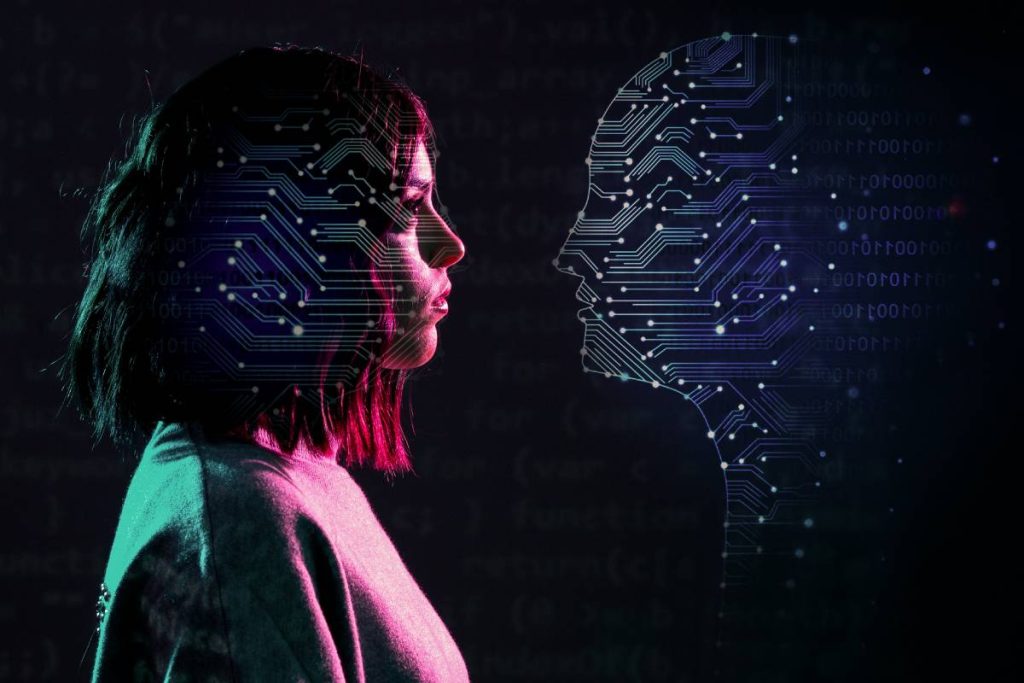Artificial intelligence has been one of the biggest tech topics in the last couple of years, driven by enormous investments from some of the largest companies in the world. This new kind of AI, called generative AI, has promised to revolutionize the world, and if you don’t look too closely, it seems like these claims might be true.
On a wider scale, however, the success and power of AI are often misunderstood. The most visible modern generative AI is frequently flawed, while the simple and overlooked systems reign supreme. So what is the difference here, where is AI the most helpful, and what prevents generative systems from living up to the hype?
The Good
The best and most reliable AI tools are those designed to do one small and specific task. These don’t need to be impressive to the uninitiated, they just need to be reliable and effective at whatever they’re designed to do.
In the online world, a perfect example is found in the AI security tools that are constantly running in the background. This is especially useful on websites and uses that involve money, like online bingo at Paddy Power. This service offers a huge number of games like Secret Garden and Fruity Burst, and each is protected by now standard HTML5 AI. AI checks user information and encrypts passwords, and in doing so it keeps users safe.
Some famous basic examples that many of us use today are seen in word processing. The evolving power of spellcheck demonstrates some of the most widely utilized AI, saving millions of users every day from making a myriad of mistakes. Whether you’re on MS Word or typing in Gmail, spellcheck is one of the cornerstones of modern communication, but we’re so used to it that we barely give it a second thought.

“Master Artificial intelligence and visual” (CC BY-SA 2.0) by Ecole polytechnique / Paris / France
The Bad and the Ugly
There was some fear among writers and visual artists when generative AI appeared, that its power would make many of us redundant. While it’s true that generative AI can work to fool readers and viewers at a glance, it also often produces shallow results full of errors that are immediately obvious after a deeper look.
This is why generative AI struggles, in how it so often produces surface-level output that’s not viable as a valued product. As writers, we’ve had to manage this directly, where correcting mistakes in articles written by AI takes longer than writing a new article from nothing. In visual art, the issue is more commonly that of depth, where AI is not capable of understanding the nuance that goes into truly human expression.
Exacerbating this issue is how generative AI is trained, and the implications this training has for the future. As a starting point, a huge amount of AI is trained on user data without their consent, as reported at CNN. Since generative AI is just pattern recognition combined with copying, artists understandably have an issue.
The other part of the training problems comes from the existing data sets in use. To grow, AI needs as much data as possible. This means constantly updating its databases, but databases today are increasingly filled with AI products. Over time, this means AI will increasingly make imitations of imitations, falling further from the quality and insight that only humans can truly produce.

Understanding the Definitional Gap
While we tend to think of AI as something bombastic as we see in science fiction, in reality, it can be much less overt. As defined over at Britannica, the generally accepted term AI simply means a system that can mimic the intellectual processes of humans. This means that AI isn’t just about super-advanced systems that can emulate huge portions of the creative or imaginative process.
In real-world implementations, AI systems can be as simple as a single program that checks two possible variables of an input, after which the output is sorted into two groups. AI can be infinitely more complex than this, but it doesn’t need to be to qualify as artificial intelligence.
As we’ve explored, the more complex AI is, the more failure points are introduced. The hype may be real, but so were claims made about the Cybertruck, so we need to remember to take tech claims with more than a little pinch of salt.




















